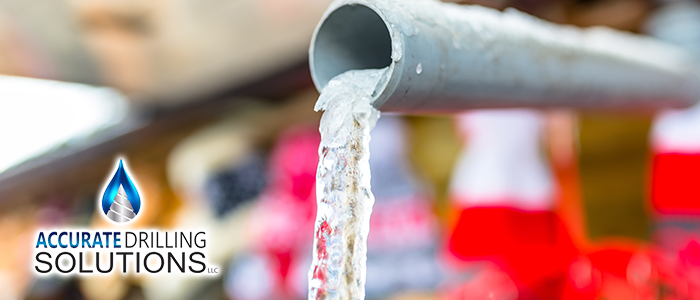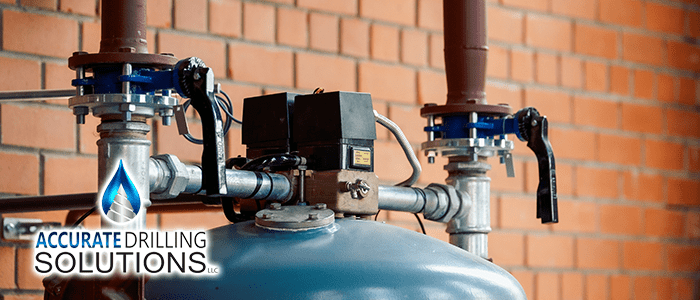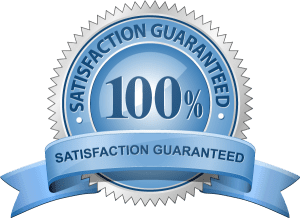
Increasing Your Low Water Pressure
It can be frustrating if your morning shower is little more than a drizzle, or you can’t do dishes because the kitchen tap is little more than a slow trickle. However, if your property has a private well water system, you don’t have to deal with a slow faucet with low water pressure. This article will go over some common causes of water pressure issues and give you a few quick tips on how to increase the water pressure in your well water system.
Why Do I Have Low Pressure?
If your household is experiencing a pressure problem, you should know that several problems can cause it. First, you should go over how much water you’re using. Water usage can contribute to low pressure, especially if you use a lot of water at low optimal times. A sudden increase in how much water is being used is perhaps the most common cause of a drop in pressure in your well.
However, once you rule out a sudden increase in water use, you may be suffering from a mechanical issue. In a case like this, relying on a professional team will ensure you properly identify and solve the problem with your home water well system. However, before scheduling an inspection, consider trying these three simple tricks to see if you can increase your home water system’s pressure.
Three Easy Ways to Increase Water Pressure
Beneath are a few handy tips on increasing the overall pressure of your water. These can be the difference between a modest trickle, and filling gallons in a timeframe that few could be capable of scoffing at.
Adjust the Settings on Your Pressure Tank.
Municipal water supplies in the city typically provide pressure at around 60 pounds per square inch (abbreviated psi). However, most well water systems will start at around only 28 psi by contrast, so if you’ve recently switched over, you may already notice a decrease and started worrying. If you want to up the pressure coming into your home, the first thing you’ll want to do is cut power to your well’s pump at the circuit breaker. Then, check the pressure with a pressure meter or tire pressure gauge.
Next, you can increase the water pressure switch’s psi to a higher value. Be careful not to turn it too high or add too much pressurized air to a pressure tank – A pressure of over 60 psi can lead to broken fixtures and damage in the pipes and cause expensive problems like switch failure.
Unclog Your Pipes
Clogged pipes can also cause a low flow rate in your home water system. Hard water build-up of limestone and calcium can choke out your pipes and allow minerals and other sediments to build up, reducing the overall pressure in your system. You may want to check your pipes before adjusting pressure settings, as increasing them in a clogged pipe system can cause permanent damage to your plumbing.
Install a Constant Pressure System
If your pressure drops down as soon as you turn on a second tap, you can add a constant pressure system to improve your overall water pressure. These systems increase or decrease the pump’s speed to meet the usage demands of your house. This lets you control the overall system without worrying too much about varying demand throughout the day – And even helps deliver pressure to higher floors!
If none of this does the trick, consider giving us a call to see if we can look into other potential issues. Whatever the problem, we’ll help you get the pressure your property needs and deserves.
continue reading
Related Posts
Tampa Well Water Quality: Your Complete 2025 Guide Well water
Addressing Water Pressure Issues in Wells: Expert Solutions Water pressure
Benefits of Water Filtration Systems for Well Owners in Central





